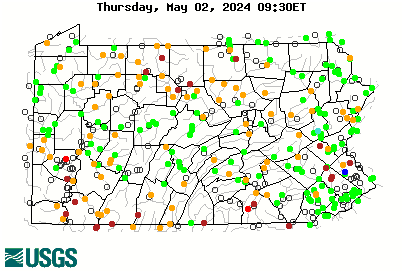Hey Bill, Toray is a textile company that makes woven and fiber products. They make Carbon Fiber and I have used that material in other work.
Toray has a great reputation.
I have said this before and stand by it. I am not a brand loyalist, I am a product loyalist. Some companies make better products than others, but not across the board. I love the simms wader taco, but not their waders. I love Dr. Slick scissors but their bobbin holders are just okay but their whip finish tools are amazing. C&F makes great fly boxes. Orvis has great rods, and an even better warranty. I like the Orvis backpack better than any of the Patagonia backpacks - for fishing. But for an even better backpack? Mindshift or Osprey. Reels - Galvan for Euro/mono, and Ross for fly lines.
In terms of waders, I have had Cabelas, FT, and last few pairs are Patagonia. The waders are great, but the warranty and repair is why I come back. They stand behind their products and are willing to fix them when I break them - for free, and quickly.
Bottom Line - Warranty Details:
I love Scott rods, and I fish them a lot. Break a tip or mid section? Send the whole rod back, wait about 10-12 weeks and pay $125 bucks PLUS $65 return shipping. Is it worth that? Not sure. Orvis repair is 5 days and only $60 handling for a rod. The difference in rod action is not enough to justify that. Ross has a great warranty and turn around time for reels. They also have all the parts for old and discontinued models. I already mentioned the warranty experience from Patagonia, and that is largely why when I need a new pair I will go right back and buy them.




